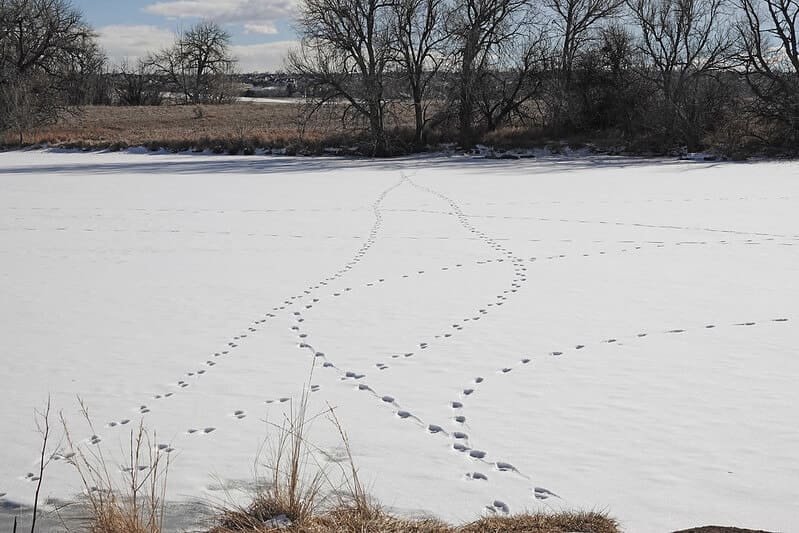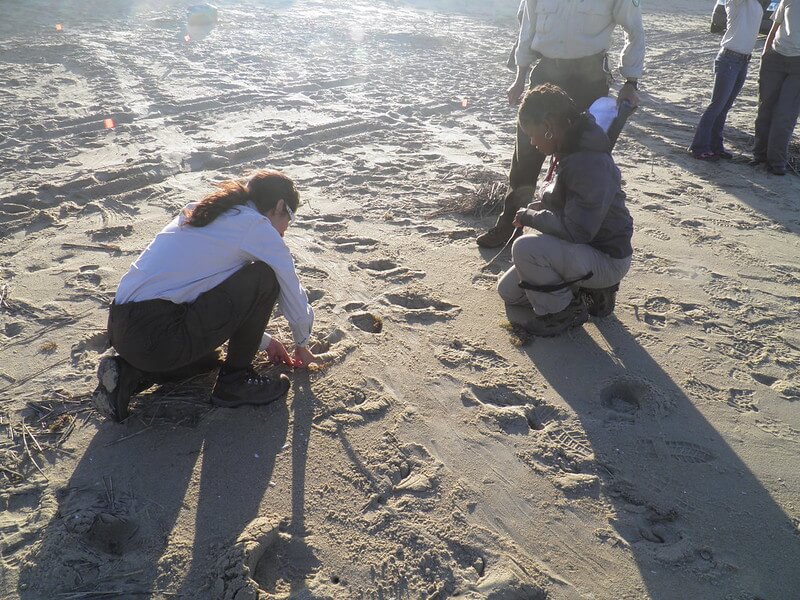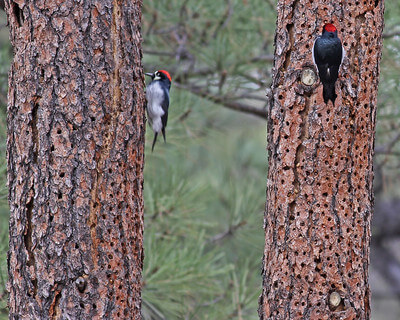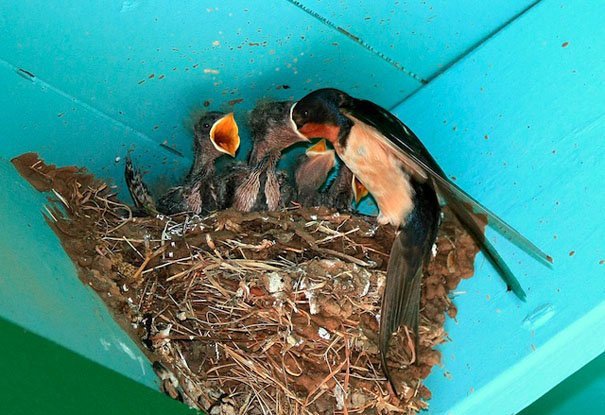Some animals are experts at hiding. It’s one of the ways they stay safe from predators (and us). But, if you look closely, you can usually see a clue or two that will tell you if an animal has been nearby. Use these tips the next time you’re on an outdoor adventure:

Look down!
An easy way to find out who was hanging around is to look at the ground. You know how you leave footprints when you’re walking through mud or snow? Animals do too!

If you spot footprints or tracks (lots of footprints) in mud and want to get a better view, stand between the tracks and the sun! It will cast a shadow on the tracks and make them stand out. If you’re lucky, you’ll find a clear footprint and you can look online to find out what type of animal made it.

Lots of broken twigs and damaged plants off the beaten path might mean that a big animal passed by! Little trails in wooded areas that aren’t too close to our bigger human-made ones can show you the routes our woodland friends like to take.
Look up!
Another way to gather clues is by looking up! Plenty of creatures like to hang out right over our heads. Do you see any nests nearby? Do you hear anyone rustling in the leaves?
Some animals like to snack on tree bark, like mice, squirrels, and porcupines. That might be hard to spot as you walk by, but you might get lucky and see a tree that looks like Swiss cheese—a sure sign of a snacky woodpecker!

Even if there are no trees nearby, you might be surprised to find little homes in unexpected places! Some birds and bees like to settle down on or under balconies, bridges, and lampposts. Sometimes you might even find them in little nooks on tall buildings!

When you’re out exploring, snap a couple of pictures while you’re at it!




I always see lots of footprints in the winter. I noticed in squirrel footprints that I observed that the front paw prints appeared behind their back paw prints, they land on their front legs and their back legs swing in front.
I’ve seen deer tracks and wild cat tracks before.
I seen racoons and deer prints